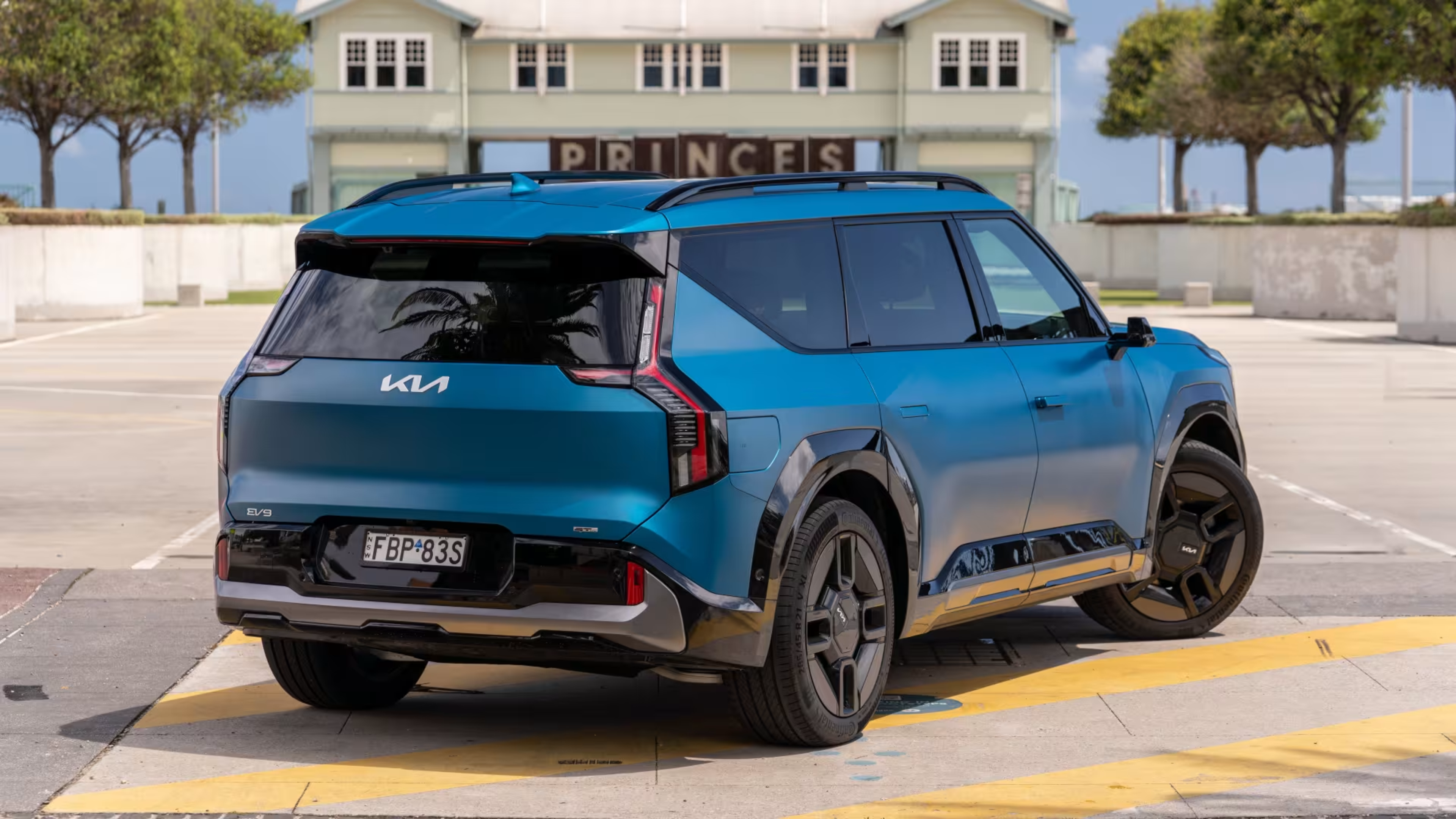Changes to Australia's New Vehicle Emissions Standards: What You Need to Know

In a recent turn of events, Australia's proposed new-vehicle emissions standards have undergone significant changes, impacting various vehicle categories. Among the notable updates is the adjustment of emissions limits for utes, vans, and large four-wheel drives, presenting both challenges and opportunities for manufacturers and consumers alike. Let's delve into the details of these revisions and how they might influence the automotive landscape.
Delayed Introduction: The implementation of the New Vehicle Efficiency Standard (NVES), initially slated for January 1, 2025, now features a delayed rollout. A transition period for the industry has been introduced, with vehicles registered from July 1, 2025, onwards being considered for emissions assessments. This adjustment aims to provide car makers with time to adapt to the new regulations effectively.
Reclassification of Heavy-Duty 4WDs: One of the significant alterations involves the reclassification of certain large four-wheel drives, particularly those designed for towing and off-road use. Models with a braked towing capacity of 3000kg or greater will now fall under the 'type 2' category, alongside utes and vans, with relaxed emissions limits. This shift affects popular vehicles like the Toyota LandCruiser 300 Series and Nissan Patrol, presenting a new emissions target of 210 grams of CO2 per kilometre.
Less Stringent Emissions Targets: Under the revised standards, vehicles categorized as 'type 2,' including heavy-duty 4WD SUVs, will face less stringent CO2 emissions limits from 2025 to 2029. The caps have been adjusted to reflect changes announced by the US EPA, smoothing the transition for utes, vans, and 4x4s. For example, the emissions fine for a Toyota HiLux SR5 4x4 dual-cab diesel auto pick-up could decrease significantly, offering financial relief to manufacturers.
Adjustments Based on Weight: Emissions targets are now adjusted based on the weight of each vehicle, with upper and lower break points to ensure fairness. The upper break point for 'type 1' vehicles has been raised to 2200kg, while for 'type 2' vehicles, it stands at 2400kg. This mechanism prevents disparities in emissions targets between exceptionally heavy and lightweight vehicles, promoting equity in regulatory compliance.
What Remains Unchanged: While several aspects of the NVES have been modified, the fundamental principles remain intact. The standards apply solely to new cars, with manufacturers retaining autonomy over their product offerings. High-pollution models exceeding CO2 targets can still be sold, provided they are balanced out by low- or zero-emissions vehicles. Monetary fines are imposed if emissions balances are not offset within a specified timeframe.
Implications for Tynan Motors: As these regulations come into effect, dealerships like Tynan Motors must navigate the evolving automotive landscape. Understanding the intricacies of emissions standards and their implications for vehicle inventory and consumer preferences will be crucial. Tynan Motors can seize opportunities by aligning their offerings with consumer demand for fuel-efficient models while mitigating potential challenges associated with compliance and market dynamics.
In conclusion, the revised new-vehicle emissions standards represent a significant development in Australia's automotive industry. While they introduce complexities for manufacturers and dealerships, they also underscore the growing emphasis on environmental sustainability and regulatory compliance. Adapting to these changes will be essential for staying competitive and meeting the evolving needs of consumers in the years to come.
